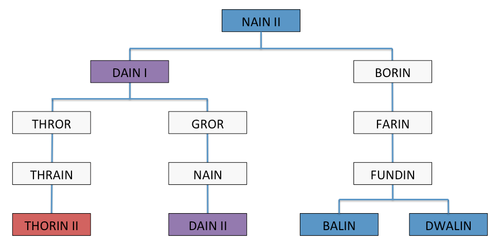Resourcessindarin Lessons
To begin the explore section, students will transition to their seats. I will distribute the Learning about Natural Resources Worksheet to the students. I will explain to students how to complete the organizer and what the expectations for proficiency are. The graphic organizer is another great resource for the students to identify and apply their knowledge to the three facets of natural resources.
Help teach your child the importance of natural resources with 3 types of resources worksheets and printables. Explore types of communities, energy, clouds, landmarks, plants, food, oceans, and much more.


Students will be instructed to list the natural resources that they observe in the video. They are to identify if the resources are inexhaustible, renewable, or nonrenewable.

- Some common examples of classroom resources in a chemistry class might include microscopes and Bunsen burners. A Bunsen burner, which is commonly used in chemistry classrooms. Books tend to be the most commonly used classroom resources because they are relatively affordable and can be easily transported from place to place.
- Here are my main resources: Sindarin Lessons - Easy to follow guides on grammar, rules, spelling changes for the Sindarin language. (Sorry, I don't know an equivalent for the other languages, just that they are slightly more straight forward with their rules.).
Students will view the video resource from Discovery Education Learning About Natural Resources. Once the video has concluded, and students have finished their worksheet, I will direct students to discuss with their table groups the information and the new ideas they gathered from the video resource. As students share ideas, I will observe the discourse and ask probing questions to ensure students understand the difference between the different types of resources.
These classroom activities are designed to complement the Natural Resources topic on BrainPOP Jr.
Sindarin Dictionary
R, R, R
Find ways in the classroom to reduce, reuse, and recycle. Brainstorm different ideas together and have students create guidebooks to distribute to fellow students and family members. You can find ways to reduce waste in your school, and reuse materials to conserve natural resources. If possible, start a recycling drive and challenge students to see how much they can recycle. Nearly everything we use can be reduced, reused, or recycled!
What Comes from Trees?
How To Speak Sindarin Elvish
Challenge your students to figure out what comes from trees. The answers will startle them! Trees are a very important natural resource. Did your students know that items like chewing gum, hair spray, shoe polish and turpentine all come from trees? Encourage students to learn other products that are made from trees, by doing research on the Internet or at the library. Trees give animals food and shelter, and also provide us with many things, including fresh air, so it’s important to conserve them. If possible, plant trees in your school campus or in the community.
Related:
